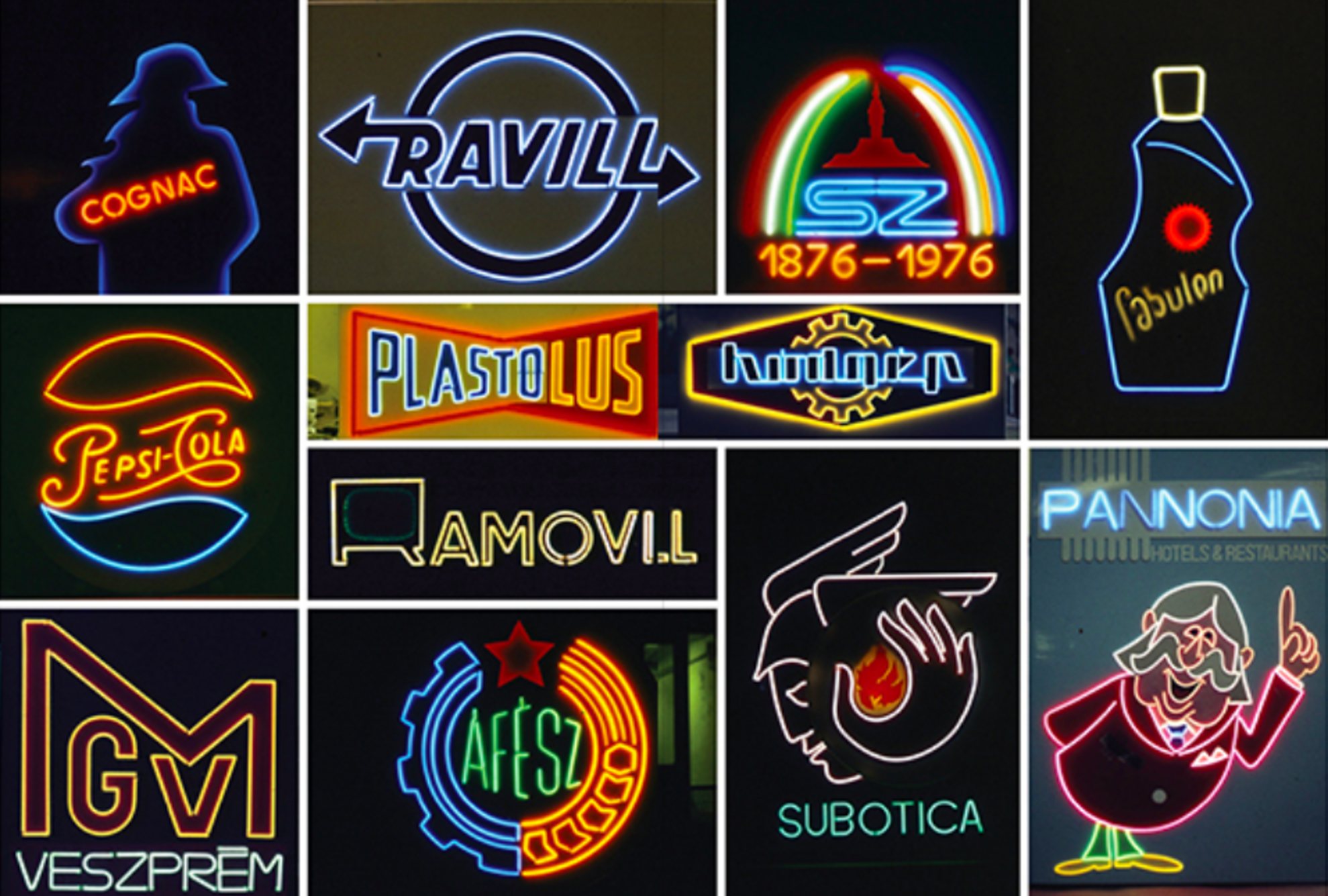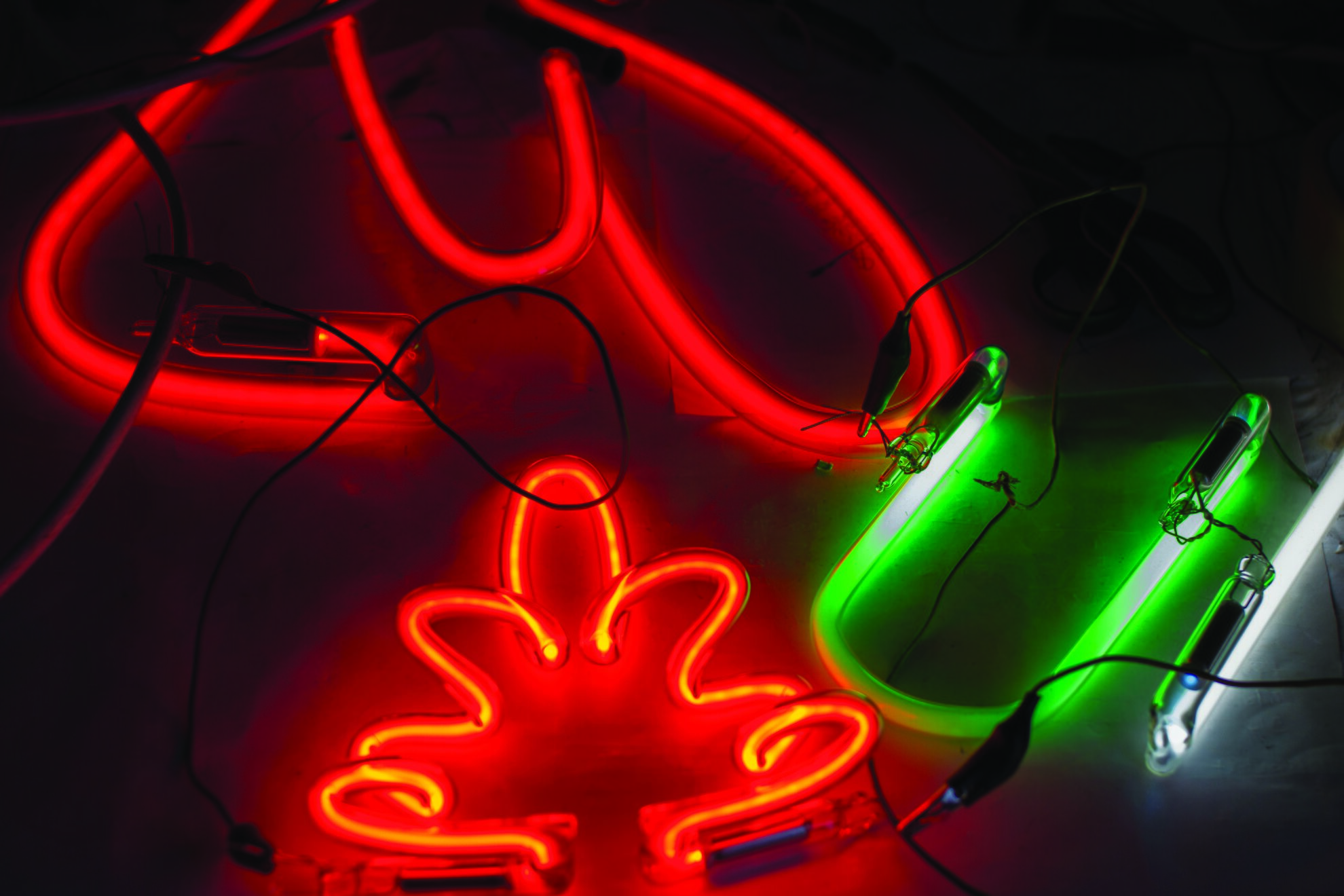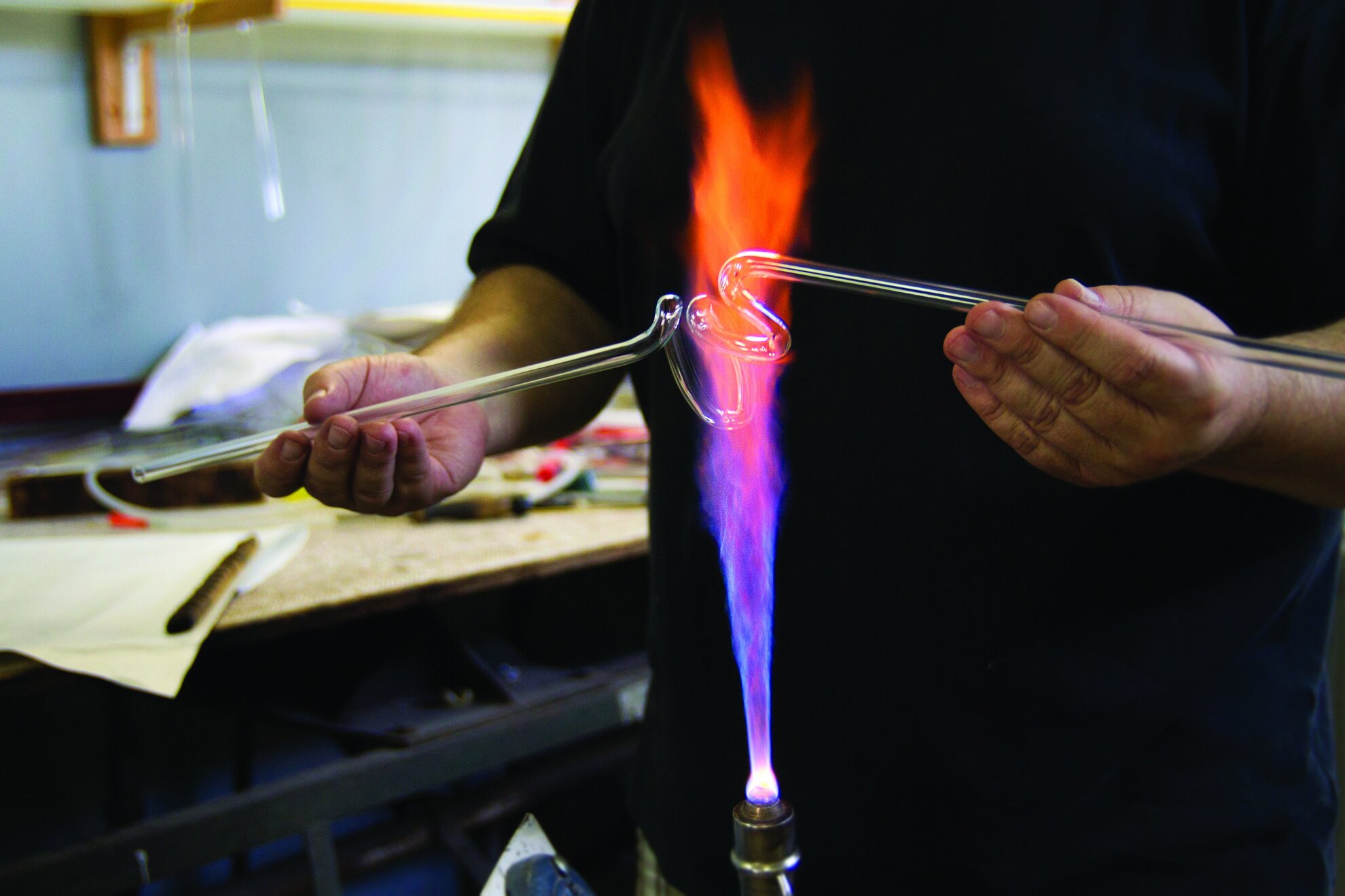A recently published book honors the radiant remnants around Hungary’s capital. Neon Budapest navigates readers to fluorescent advertisements that were popular features in the cityscape of the Communist era. Featured brands include the logo of long-established laundry service Patyolat, vintage supermarket sign Csemege and the playful symbol mounted on the façade of the Budapest Puppet Theater. All of these commercial decorations shined brightly after sundown over the past century.


Many of the remaining signs that adorn the streets of Budapest no longer function and their future is unclear. However, you can admire a selection of classic neon in the courtyard of the Museum of Electrical Engineering, a hidden gem tucked between ruin pubs and bars in the city’s nightlife vortex.


Meanwhile, new initiatives such as Neon Budapest map these decaying signs across the city. As the project developed, first a digital map was made available online, and this is now complemented by two printed publications, a 52-page guidebook and a poster that glows in the dark, similarly to the twinkling tubes.

The publication is illustrated with stunning visuals by Isabel Val, a Barcelona-born photographer of Budapest’s neon signs. “We wanted to do something that was analogue, the same as the topic we were covering. We believed that by using a physical format, we are also giving a special value to the whole project. That’s why we also chose to print the poster by using a silkscreen technique, and to keep it to a limited edition,” Val says.


“As for the book, it has a practical function, too: we wanted people to really use it. We don't want them to just read it at home but to bring it with them to the street, check the map that is inside and try to spot the neon signs and get to know about them," she adds. In this publication, industry professional Tamás Zubek talks about the golden age of these twisting trademarks in the 1970s, when major Budapest thoroughfares were festooned with a many of them.

The book also features restorer of old neon signs Mihály Hallgas, and details of how these objects are made. Only 100 copies have been printed of this special book and map, so hurry if want to tour Budapest with this distinct guide. See Behance for more details.




